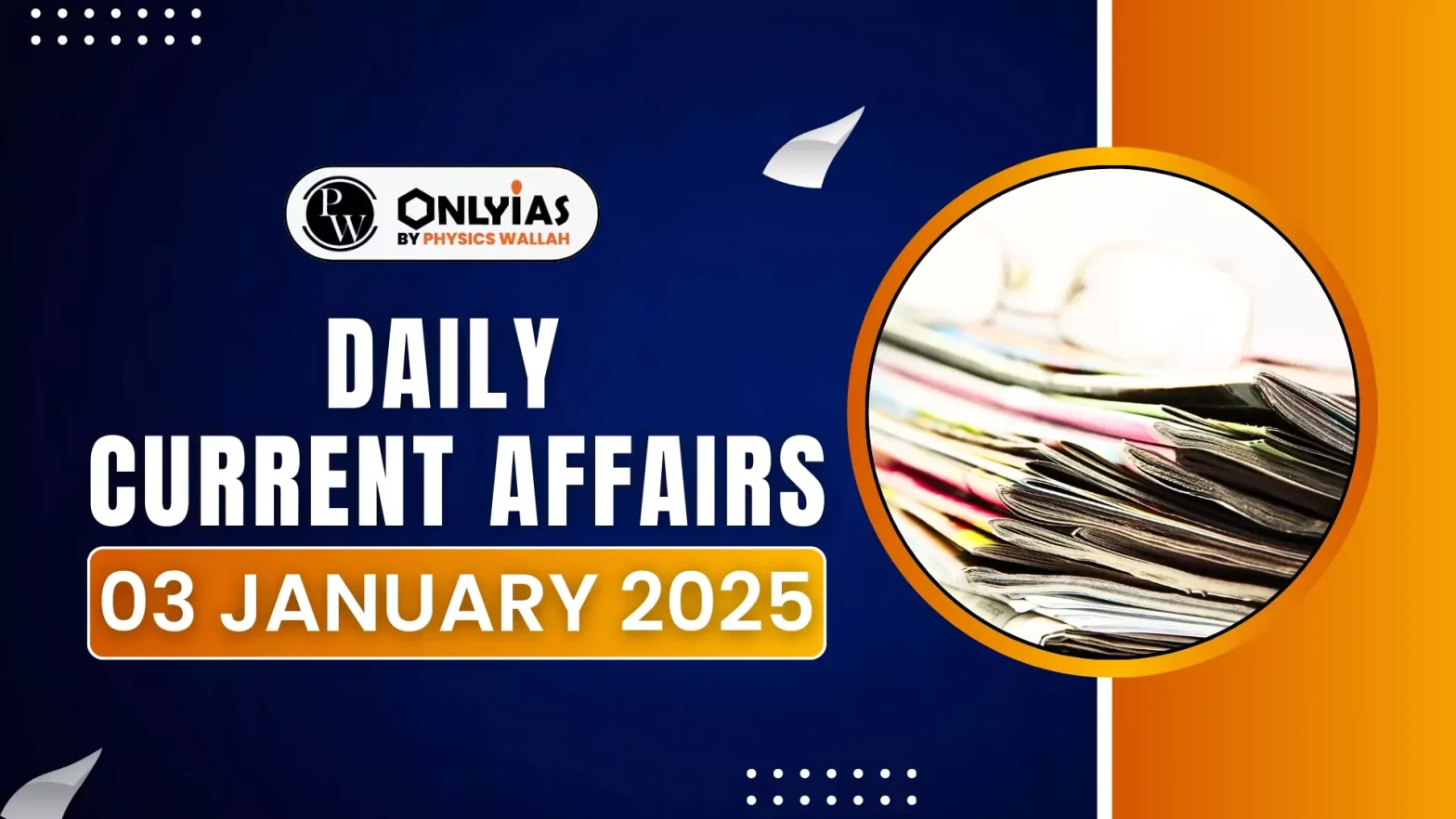Recently the Unified District Information System for Education (UDISE+) maintained by the Ministry of Education released data on Indian Schools.
Key Findings of UDISE+ 2023-24:
- Electricity Connection :Of the total 14.71 lakh schools, 10.17 lakh schools are government-run out of which 9.12 lakh schools have Functional electricity, while 1.52 lakh schools lack functional Electricity.
- Solar Panel Installation: only 1.54 lakh schools (10.5%) of the total number of 14.71 lakh schools having solar panel facilities. In government schools, out of 10.17 lakh schools, only 89,746 (8.8%) have installed solar panels
- Accessibility for Differently abled: Out of 10.17 lakh government schools, only 3.37 lakh schools have disabled-friendly toilets, which accounts for 33.2% of schools. However, only 30.6% of them are functional.
- Overview of Science Lab facilities: Among the total schools having secondary sections (2.86 lakh), only 1.6 lakh have an integrated science laboratory facility. Among the 1.19 lakh government secondary schools (59,972), 50.2% schools have a science lab facility.
- Co-Curricular Activities: Only 17.5% schools have co-curricular activity rooms/arts and crafts, that is, 2.57 lakh schools out of 14.71 lakh total schools.
- Enrolment Trends: A total of 24.8 crore students were enrolled during the 2023-24 academic year, marking a consistent decline over the past three years.
- Pre-primary and higher secondary levels (Classes 11 and 12) showed an increase in enrolment for 2023-24.
- The highest dropout rates were observed at the secondary level (Classes 9 to 12).
- Zero-dropout rates were recorded at the foundational level (pre-primary to Class 2) due to direct admissions from Anganwadi centers and standalone private pre-primary schools into Class 1.
- Regional Disparities: States such as Bihar, Uttar Pradesh, and Maharashtra reported the highest declines in enrolments.
- Assam, Odisha, and Karnataka face underutilized school infrastructure due to low student-to-school ratios.
- Gender Representation: Boys constitute 51.9% of enrolments, while girls account for 48.1%.
Enroll now for UPSC Online Course
About Unified District Information System for Education (UDISE+)
- UDISE+ was developed by the Department of School Education & Literacy (DOSEL) and has been operational since 2018-19.
- Purpose: It serves as an online portal to collect and maintain data related to schools, teachers, enrolments, and infrastructure for all recognized schools across India.
- Data Collection Process
- Data is captured through the Data Capture Format (DCF), compiled by the Head Teacher or Head Master.
- It undergoes a three-stage verification process at the block/cluster, district, and state levels.
- Final certification is provided by the State Project Director (SPD).
- Significance: UDISE+ is the only pan-India and most trusted database for school education in the country.
Initiative of Government to improve School Education
| Scheme
/Programme |
Key Features |
Statistics/Highlights |
| Samagra Shiksha |
Integrated scheme covering pre-primary to senior secondary.
Aligns with NEP 2020. Focus on foundational literacy, inclusive education, teacher training, vocational education, and quality learning outcomes. |
Supports foundational literacy, internships, vocational education, and holistic progress cards. |
| PM POSHAN |
Improves nutritional status of children from Balvatika to Class VIII in government and aided schools.
Encourages regular school attendance among disadvantaged groups. |
Covers children in government and aided schools, supporting classroom concentration and attendance. |
| National Means-cum-Merit Scholarship |
Scholarships for students of Classes IX to XII from economically weaker sections.
Aims to reduce dropouts at Class VIII and encourage completion of secondary education. |
For students studying in government, aided, and local body schools. |
| ULLAS |
Promotes adult education for non-literates aged 15+ through volunteerism.
Content accessible in local languages on the DIKSHA platform. |
Implemented through UDISE-registered government/aided schools. |
| PM SHRI Schools |
Centrally sponsored initiative to develop 14,500 schools as examples of NEP 2020 implementation.
Focuses on innovative pedagogy, zero dropout rates, and pupil-teacher ratio compliance. |
Includes 10,077 schools (839 Kendriya Vidyalayas, 599 Navodaya Vidyalayas, and 8,639 state/local government schools).
UP, Maharashtra, and Andhra Pradesh top in school numbers under the scheme. |
![]() 3 Jan 2025
3 Jan 2025

